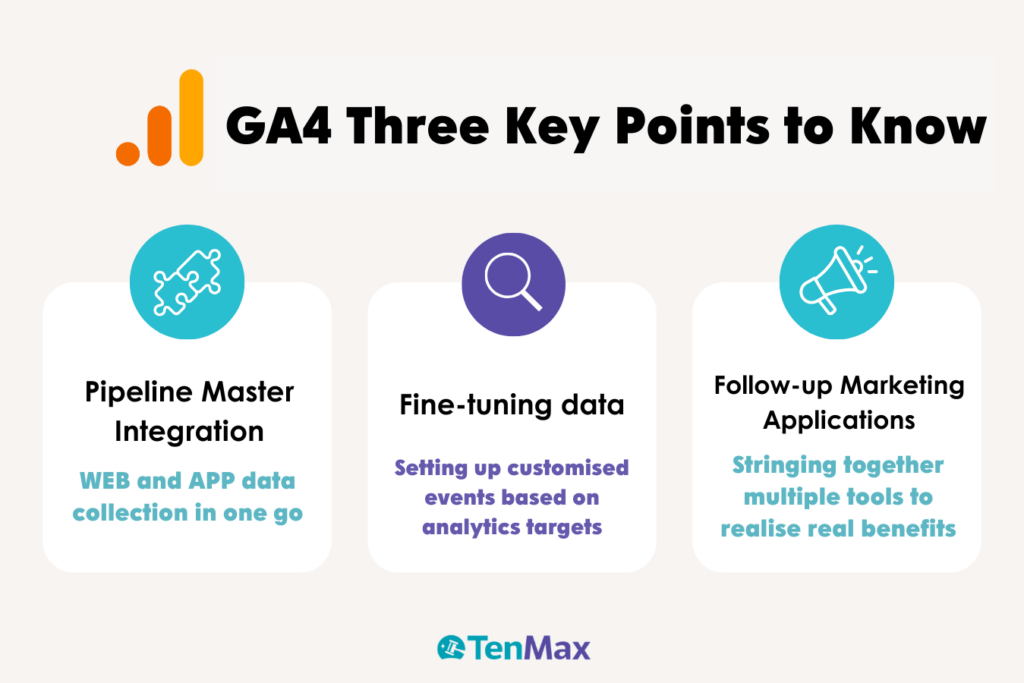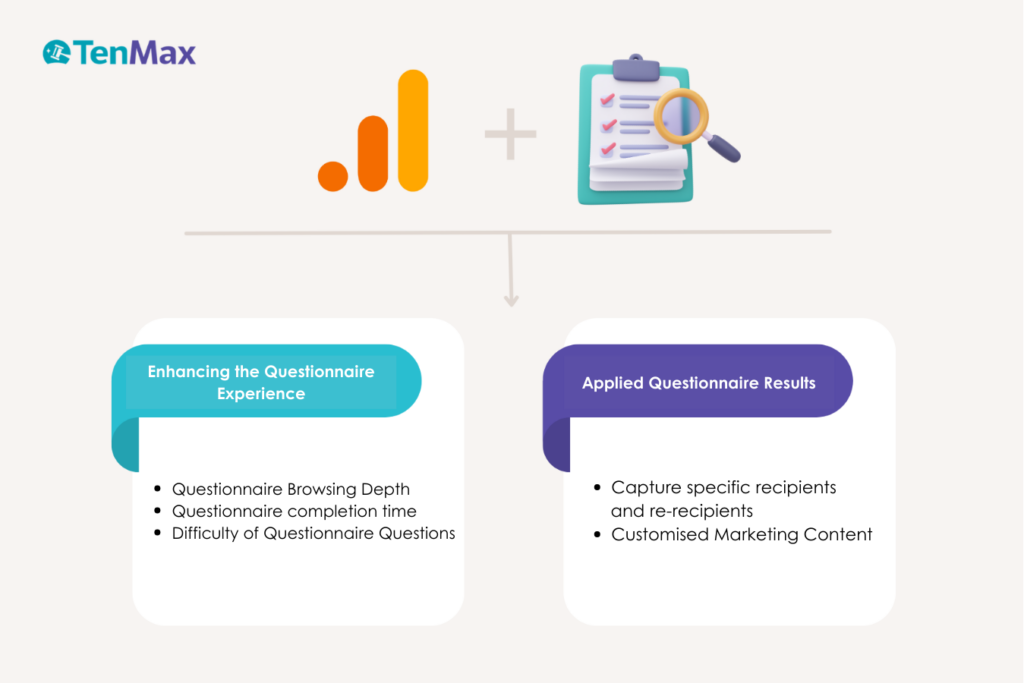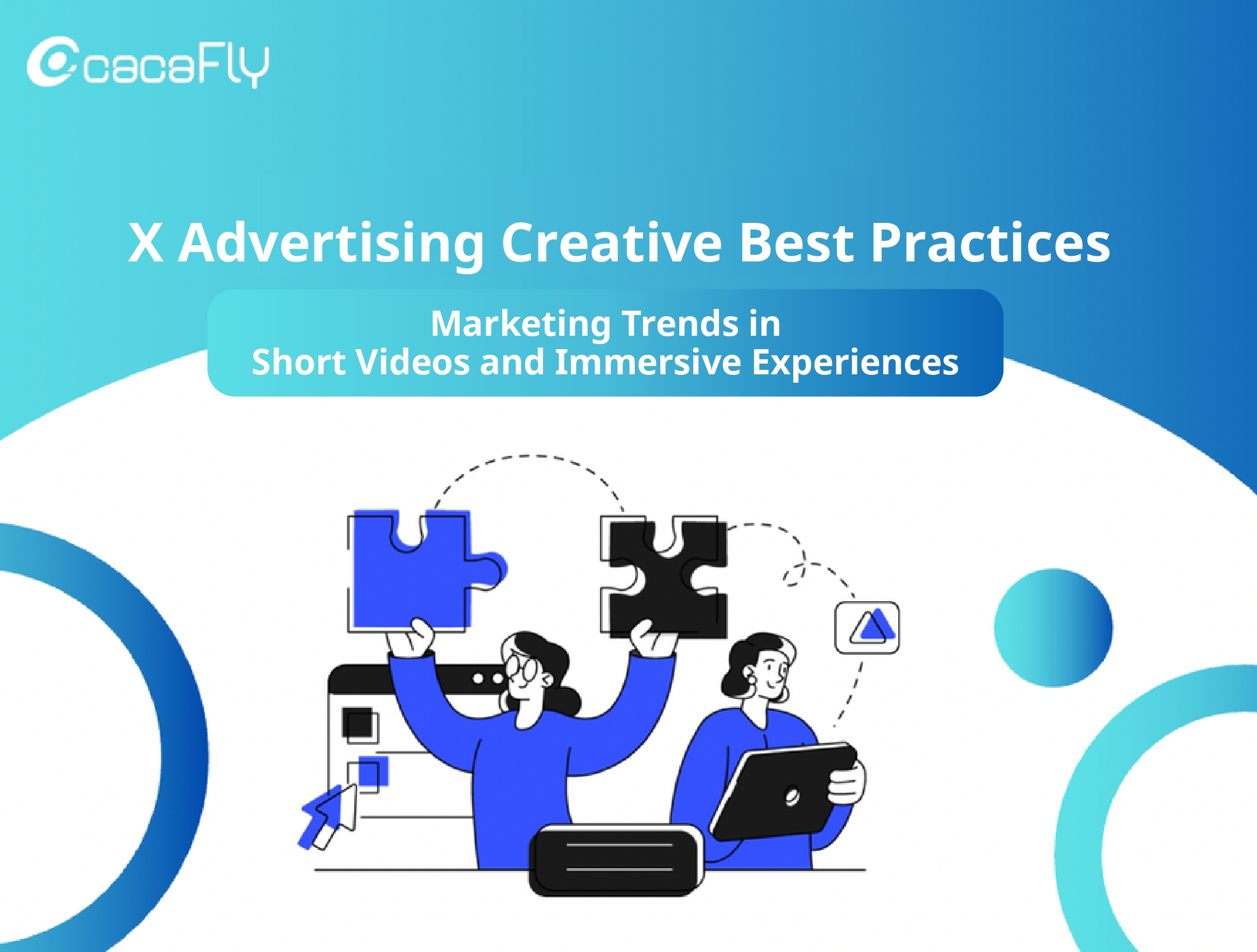Brand websites, how can visit data be transformed into user insights and marketing applications through GA4? Survey forms, how can they leverage the power of GA4 to interpret the unsaid, gaining a deep understanding of potential users? This article will take you through a comprehensive exploration of these topics.
With the rising awareness of privacy, governments and tech giants around the world are rolling out relevant policies in response. For example, Google is expected to comprehensively block third-party cookies in browsers by 2024, and Apple restricts app developers from tracking the Identifier for Advertisers (IDFA) without explicit user consent. Against this backdrop, “first-party data” and “zero-party data” that brands are legitimately collecting have become a lifeline—maximizing the application of data, and achieving optimal marketing effectiveness through limited tracking has become one of the hottest topics in the digital marketing realm. This article will introduce how to unleash the maximum value of “first-party data” and “zero-party data” through the new version of Google Analytics (hereinafter referred to as “GA4”).
Utilizing First-Party Data with GA4: Three Key Points You Should Know
For brands with their official websites, website data is undoubtedly the most crucial first-party data source. Effectively tracking and analyzing website data not only aids in predicting user behavior but also optimizing the website experience, thereby enhancing the overall quality of marketing efforts. Among them, GA4 is the most widely used and free website analysis tool in the industry. The following are the three key points that must be known when using GA4:

1 . Full-channel integration ensures the simultaneous collection of data from both web and app sources in one go.
The more comprehensive the data streaming is, the easier and more comprehensive the analysis becomes. With the upgrade of GA4, in the “Data Streams” settings, not only can the website be included, but the Firebase SDK of specified apps can also be seamlessly integrated. Brands can track and analyze data from various sources such as the brand’s official website, e-commerce site, and mobile applications (iOS / Android) all in one GA4 resource and interface. This includes capturing information such as form submissions on the website and video viewing data on the official website, allowing for a thorough analysis of multiple data points in a single platform.
2 . Tracking valuable data involves embedding customized events based on the analysis goals.
When marketers use GA4, they should adopt a “start with the end in mind” approach, establishing the necessary decision-making information and then working backward to determine the “events” that need to be tracked. It is essential to define the framework for data analysis. To achieve this goal, thorough requirement interviews should be conducted for different departments. For example, in the case of Brand A, various departments such as editorial, marketing, and business have different focus metrics. The editorial department may be concerned with article viewing situations (scrolling events), the marketing team may care about the number of clicks on promotional images or menus, and the business team may be interested in the number of submissions for the “Contact Us” form, etc. Various requirements are then sorted and integrated, and the GA4 “custom events” are ultimately implemented by the technical team. Typically, e-commerce websites for brands can collect 30-40 custom events to achieve precise data tracking and enhance the application’s value.
3 . Turning data points into gold, integrating applications to unleash real benefits.
The new version of GA4 can be seamlessly integrated with BigQuery, further unleashing the magical power of first-party data. GA4 collects data, and BigQuery efficiently compares and identifies individual users, facilitating audience labeling and segmentation. It also incorporates various AI computation models and can be integrated with Google Ads for advertising campaigns. Additionally, it can be connected to Google Looker Studio (formerly Data Studio) to present data in visualized charts, facilitating various analysis and decision-making processes.
Zero-party data: High-intent, highly relevant golden information.
In addition to the first-party data passively collected from website visitors, “zero-party data” has become a focus of attention in recent years. The term “zero-party data” was introduced by market research firm Forrester Research in 2018 and refers to “information that users voluntarily and actively share with a brand.” This includes activities as small as Instagram story polls and Facebook post comments, and as significant as customer satisfaction surveys and product development questionnaires, all falling under the realm of zero-party data. Compared to first-party data, zero-party data, due to its voluntariness and high level of interaction, is more valuable for brands in gaining insights into consumer preferences, complete identity profiles, shopping behaviors, and needs, among other aspects.
Among various ways of obtaining zero-party data, “surveys” offer the highest level of detail and systematization, aiding brands in collecting the intentions of potential/existing consumers based on their needs. When sending surveys, not only is the “response data” a valuable source of information but also the user’s “behavior during the response process” reveals insights. If a website can integrate with GA4 for survey event tracking, it is advantageous for subsequent optimization and analysis, maximizing the value of zero-party data. In Taiwan, SurveyCake is the preferred cloud-based form creation and survey platform for businesses, providing comprehensive solutions to help brands obtain valuable zero-party data. Additionally, in collaboration with TenMax, they have introduced a GA4 tracking import solution for surveys, enabling a comprehensive understanding of user response behaviors and converting them into subsequent marketing applications.

Interpreting the nuances of surveys and analyzing the application scenarios of GA4.
How can SurveyCake surveys utilize GA4 event tracking for subsequent data tracking and applications? Here are two application scenarios to share:
1. Optimizing the Survey Experience
When marketers carefully design surveys, their primary goal is undoubtedly to collect as many responses as possible and gain a deeper understanding of specific audiences. Therefore, optimizing the survey experience and improving the completion rate is of utmost importance. What happens from the moment a user enters the survey website (SurveyCakeVisit), engages with the web pages (session_start), to the actual completion and submission of the form (SurveyCakeSubmit)? What difficulties do users encounter? Which questions are of the most/least interest to them? All these aspects can be answered through GA4 events, providing valuable insights into the survey process.
a. Survey Browsing Depth
For single-page surveys, you can track user scrolling using scroll events, capturing the proportions of users who scrolled 10%, 25%, 50%, 75%, and 90% of the page. When combined with interaction duration data, this allows for the analysis of the average extent of user exploration and their willingness to respond. Consequently, it enables further adjustments to the survey length or the compelling nature of the content based on these insights.
b. Survey Response Time
By observing the time elapsed between the SurveyCakeVisit and SurveyCakeSubmit events, it is possible to determine the average time users take to complete the survey, thereby assessing the survey’s difficulty and adjusting the direction of questions. Additionally, examining the time interval from form_start to user abandonment or departure from the page can help gauge the maximum duration users are willing to spend on the survey page.
c. Survey Question Difficulty
Analyzing where users typically exit the webpage within a question section and the average time spent answering each question can help determine the difficulty of the questions. Additionally, it provides insights into user interest levels in each question, allowing for the optimization of survey design.
2. Enhancing the Applicability and Subsequent Benefits of Surveys
After embedding events in the survey response option buttons, it becomes possible to not only collect statistical results but also leverage GA4 event tracking to retrieve users meeting specific criteria. This allows for segmentation of users and, when combined with marketing tools like Google Ads, facilitates the targeted promotion of corresponding promotional content.
a. Retrieving Specific Audiences for Remarketing
Target users who have previously interacted with the survey for subsequent advertising campaigns. For example, identifying users who “visited the survey page” but excluding those who “submitted the survey response” allows for remarketing to users who visited the site but did not complete the survey. Advertisements on platforms like GDN or YouTube can be used to stimulate awareness, encouraging them to complete the survey. Alternatively, for users who “visited the survey page” and “successfully submitted the survey” during a crowdfunding interest survey for a particular product, targeted ads can be deployed post-launch with information on the new product or promotional discounts to drive purchases.
b. Customized Marketing Content
Taking it a step further, customized marketing information can be crafted based on the responses provided by survey users. For instance, for customers who indicated dissatisfaction in a post-purchase service survey, targeted advertisements focusing on after-sales value-added services or lifetime warranties can be delivered. Similarly, for respondents in a fitness assessment survey who self-identify as “daily fitness enthusiasts,” marketing messages offering free towels, exclusive lockers, daily check-in rewards, and more can be tailored to entice user interest and stimulate subsequent conversions.

At this moment, when user data is both precious and scarce, effectively leveraging tools to gain insights into the significance of information, connecting data points, lines, and surfaces, and ultimately realizing marketing value is a crucial challenge for all brand marketers. In terms of data acquisition, beyond passively observing user behavior on the website, brands should actively establish connections with consumers through survey designs and interactive games to obtain more systematic information.
In the subsequent stages of tracking and analysis, coupled with GA4’s sophisticated custom events, brands can gain insights into first-party and zero-party data, implement marketing applications, and seamlessly navigate the complete data journey!
This article is authorized by TenMax
Author:Tobey
Read More:
GA4 升级检查|3 种方式检查 GA4 导入完整度


-5_page-0001.jpg)
-3_page-0001.jpg)

